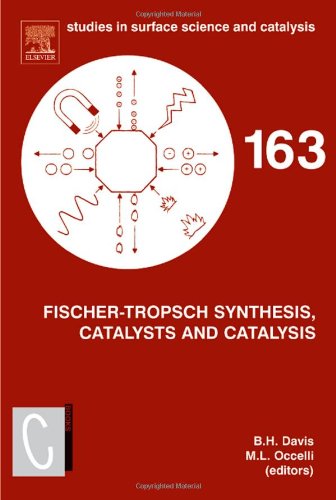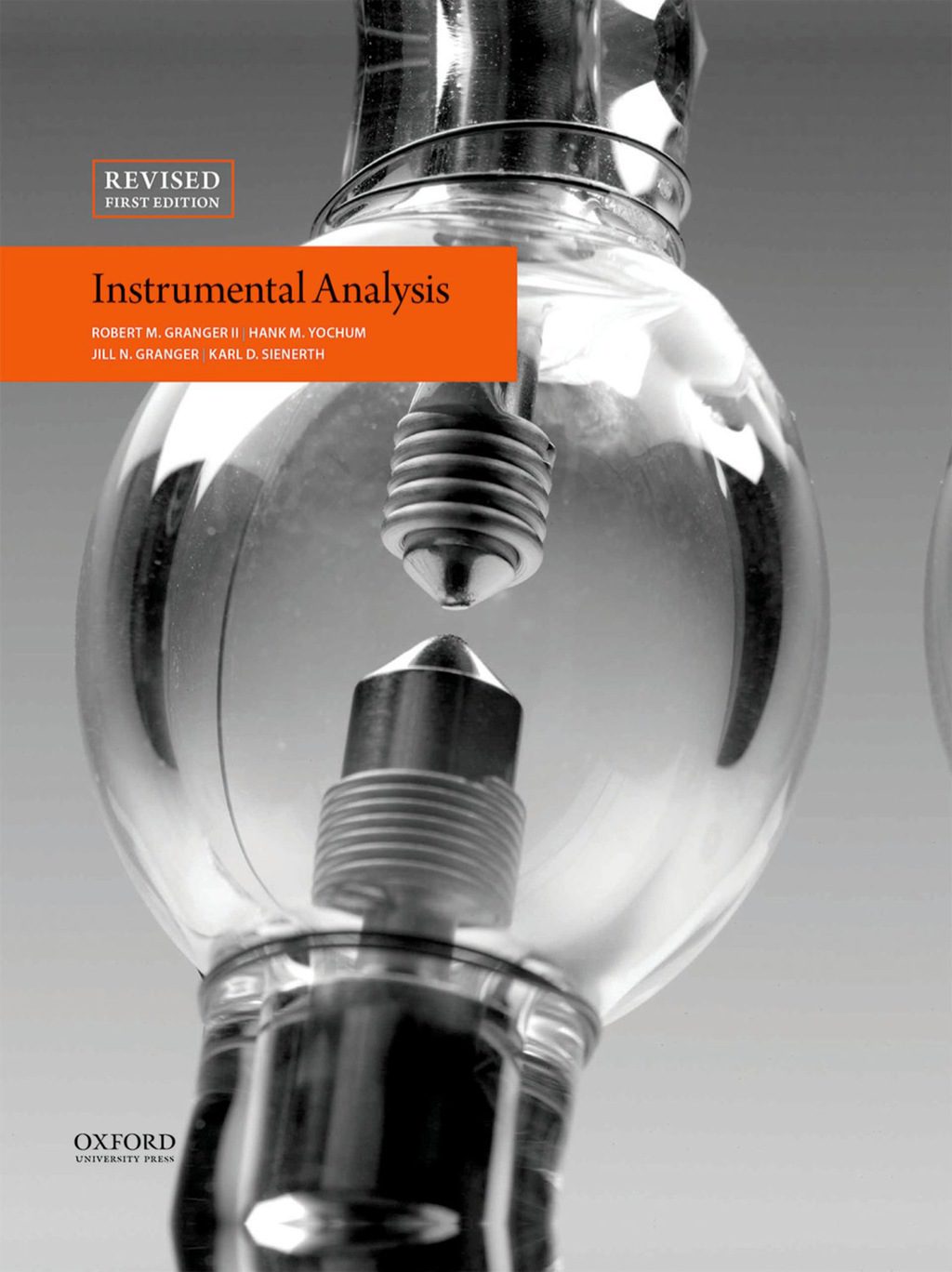Burtron H. Davis, Mario L. Occelli0444522212, 9780444522214
The introduction of the catalytic synthesis of ammonia was widely recognized. The Nobel Prize in 1918 for chemistry was awarded to Fritz Haber for his developments that led to the synthesis of ammonia from the elements. The development of the very high pressure ammonia synthesis and its commercial success gave Germany a decided leadership position in high pressure process during the early part of the twentieth century. Rapidly following the ammonia synthesis, the commercial production of methanol from synthesis gas was a commercial success. After much work, Bergius finally was able to show that heating coal at high temperatures under high pressures of hydrogen led to the production of liquid products. Fritz Fischer, director of the coal research laboratory, worked to develop a coal conversion process that could compete with the direct process developed by Bergius. During the 1920s, the work by Fischer and coworkers led to what is now known as the Fischer-Tropsch process. The advances in high pressure process technology led to the Nobel Prize being awarded in 1932 to Bergius and Carl Bosch; however, the Fischer-Tropsch scientific advances were not afforded this honor. The Fischer-Tropsch process also lost out to the direct coal liquefaction process in the production of synfuels in Germany during the 1935-1945 period, for both technological and political reasons. | |







Reviews
There are no reviews yet.